Legume Pests: Everything you need to know
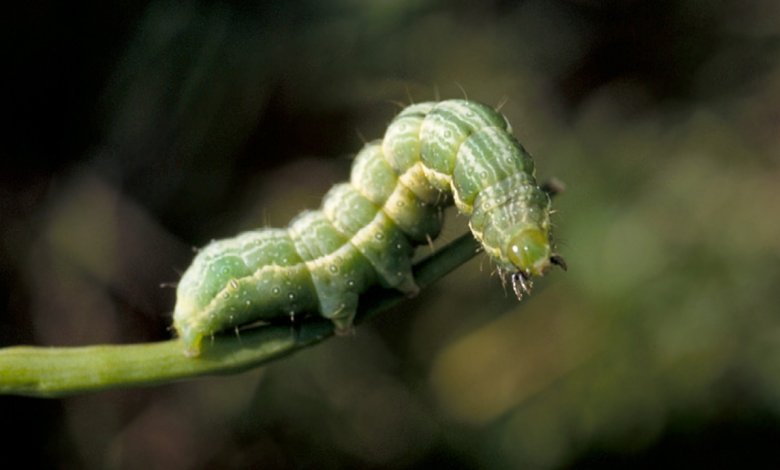
Hello to all agrohuerters! In other articles we have already seen how to grow some types of legumes in our gardens such as broad beans, peas, lentils, chickpeas,… The objective of today’s article will be to summarize legume pests and learn how to eliminate them.
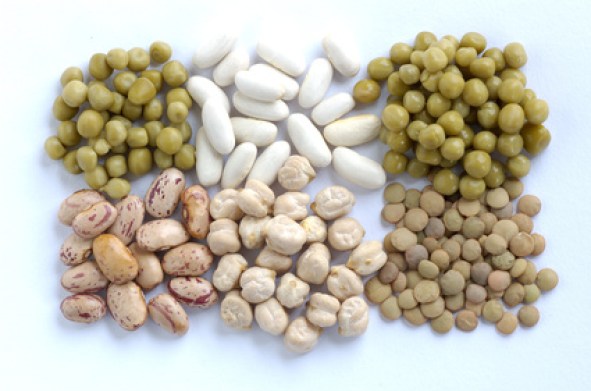
What are legumes?
First of all, I would like to make a brief introduction to the concept of “legumes” and the species it encompasses. In the scientific world this family is also known as Fabaceae.
The legume family encompasses both perennial and annual trees, shrubs, and herbs. They are characterized by having compound leaves with stipules and their legume-like fruit (contained in pods). Its root also stands out as it is usually pivoting (deep) and most of the time it has nodules with bacteria of the Rhizobium genus that allow them to assimilate atmospheric nitrogen.
1. Sitonia lineatus: one of the most dangerous pests of legumes
The sitona is a kind of beetle that mainly affects grain legumes (fava beans, lentils, kidney beans, peas,…). After reproducing, they lay their eggs on the ground and from there the small larvae feed on the roots.
To detect its presence we must look at the edge of the leaves as they are dedicated to gnawing it on a very regular basis. These damages result in growth retardation. The larvae, on the other hand, do not cause significant damage to the roots.
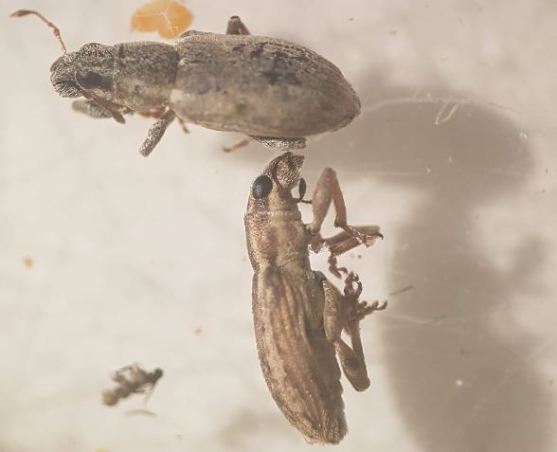
2. Thrips of legumes
Silvery or brownish markings may be seen on plants that are affected by this insect. Adult thrips are black and nymphs, on the other hand, are pale yellow. This species is very harmful especially in hot and dry summers.
Control: Surveillance and chromatic traps.
3. Weevils, plague of legumes
Small black coleoptera (beetles) with a long head forming a beak are known by the name of “weevils”.
Industry experts say that the weevil is one of the pests of legumes, as is the case with lentils. It can cause great losses both in the cultivation phase and in the storage phase.
In spring the weevils fly towards the plants and lay their eggs in the pods. In the adult state, they dig galleries in the pods through which they will go outside. This cycle causes numerous losses in the production of lentils.
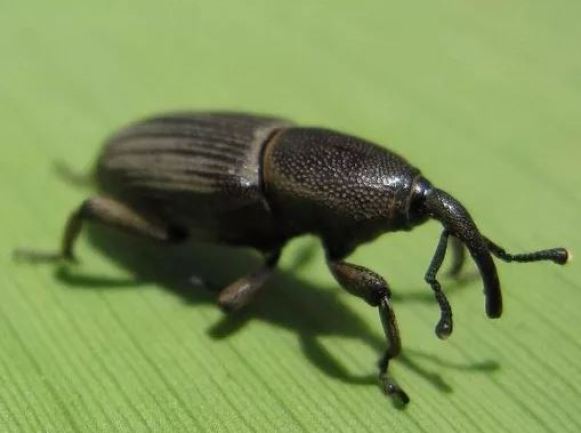
Control:
- Tights
- Eliminate the grains attacked
- Crop rotation
4. Legume flies
Legume flies belong to the Diptera group and can cause economic losses in lentil crops.
The most harmful species are:
- Phorbia platura
- piss contamination
- Liriomyza trifolii
- Liriomyza cicerina
5. Legumes with aphids
Aphids belong to the aphid family and, as we have seen in other articles, they are one of the most common pests in orchards and gardens. They are small in size (1-3 mm in length) and can have different colors depending on the species to which they belong. They attack the young shoots of crops with a high sugar content. The larvae cause damage by making galleries in the leaves of plants.
As for adults, they feed by sucking sap from leaves, buds and young shoots using the stylet of their mouthparts. In addition, they excrete a sticky, sugary liquid called honeydew that attracts ants. They favor the appearance of a fungus known as bold and can also transmit viruses from one plant to another.
There are many methods to fight against the aphid that you can consult in previous articles. Today I leave you a link on how to prepare an infusion of garlic to kill them.
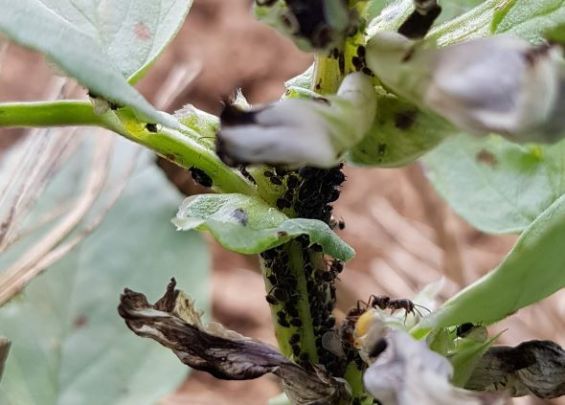
6. Bird and rodent damage to legumes
Legume species are not exempt from being attacked by some species of birds and rodents. To control this type of pest, deterrence techniques such as firecrackers are usually used. Firecrackers are usually effective but the birds are able to memorize the frequency of the explosions and, then, they will stop being so. Scarecrows, protective mesh or rodent traps are also often used.
Do not miss other articles related to this topic:
Pests and diseases of broad beans, lentils, and peas.
References
- Landon F, Levieux J, Rougon D, Taupin P (1997).Influence of the immediate environment on the dispersal of Sitona lineatus L. (Col., Curc.) during crop colonisation, Agriculture, Ecosystems & Environment, 64(3), 261-266.
- ZHANG B, ZUO T, LI H, SUN L, WANG S, ZHENG C, WAN F (2016).Effect of heat shock on the susceptibility of Frankliniella occidentalis (Thysanoptera: Thripidae) to insecticides. Journal of Integrative Agriculture,15(10), 2309-2318.
- Riley, D., Sparks, A., Srinivasan, R., Kennedy, G., Fonsah, G., Scott, J., Olson, S. (2018) Chapter 3 – Thrips: Biology, Ecology, and Management. Editor(s): Waqas Wakil, Gerald E. Brust, Thomas M. Perring, Sustainable Management of Arthropod Pests of Tomato. Academic Press, 49-71.
Here ends the repertoire of legume pests. I hope you liked it and that you tell us about your experiences with these crops in the comments. See you in the next article!
Have a nice day!

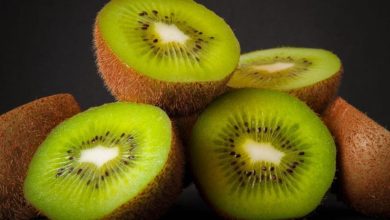

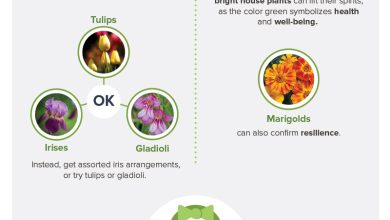
![Photo of Prune Ficus Robusta: [Importance, Season, Tools, Considerations and Steps]](https://www.complete-gardening.com/wp-content/uploads/2022/08/prune-ficus-robusta-importance-season-tools-considerations-and-steps-390x220.jpg)